
Want to save this recipe?
Enter your email below & we'll send it straight to your inbox. Plus you'll get fun new recipes from us every week!
Coffee, cream, a sprinkle of sugar… mmm there’s nothing better! But, sometimes we want a little sweetness with a little more nutritional value than traditional cane sugar can offer. Plus, sometimes flavors like vanilla and lavender mimic the effect of sugar on your taste buds so you do not even need sugar! Check out these healthy sugar alternatives for your cup of coffee!
Jump to:
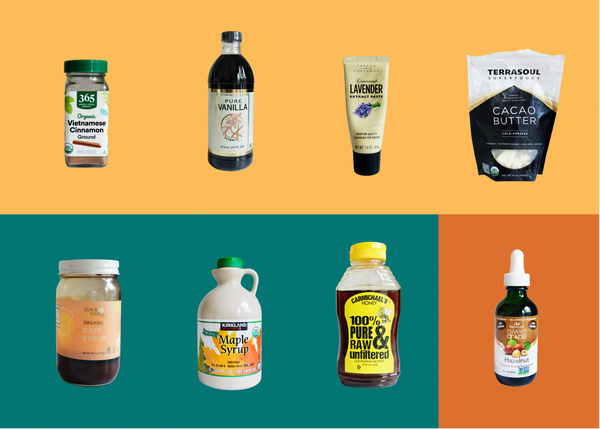
Flavors: Cinnamon, Vanilla, Lavender, Cacao Butter
Cinnamon has long been used as a spice around the world, even being one of the oldest spices in the world. It has also been used to aid in health ailments such as diabetes, inflammation, and congestion due to its antibacterial properties and compounds in it that have been shown to increase the body's sensitivity to insulin. So, all these great benefits, how is it sweet? Cinnamon has a naturally occurring compound called cinnamaldehyde, found in the bark of the cinnamon tree, that mimics that sweet flavor, similar to sugar. It is a great way to add sweetness to your morning joe without the traditional sugar. (source)

Vanilla, another naturally occurring sweet flavor found in pies, breads, cakes, and now your coffee! I think nearly everyone has had a vanilla latte at some point, but those are typically pumped full of simple syrup or cane sugar in addition to the vanilla. Pure vanilla and vanilla beans have long been used to calm upset stomachs by indigenous people who cultivated it. At one point, patients were prescribed Coca Cola syrup for upset stomachs because it had vanilla in it! It is still used as a stomach medicine, but in its pure form, rather than a syrup. Some vanilla will have added sugar, so be on the lookout for that! But, in general, a splash of pure vanilla flavoring or vanilla extract will add that sweet flavor typical of a sugar filled coffee. Bonus, vanilla also provides an almost buttery taste and texture, adding to the creaminess of the coffee as well. (source)

Lavender is my personal favorite for adding to coffee because I swear, two drops of lavender syrup in my creamer and it’s as sweet as a vanilla bean Starbucks frappuccino! Now, there are types of lavender that lend themselves to food better than soap. Culinary lavender or lavender paste can be found in the baking isle of the grocery store and is often described as a sweet and floral with a bitter final taste. Good news though, when mixing lavender with cream, it cuts the bitterness, almost entirely, leaving only the sweet floral flavor of lavender! Be cautious of how much you use though. It is a fine line between a soap coffee and lavender coffee. Give it a try (and vanilla!) in our Honey Bee Latte!

Cacao Butter is the edible fat extracted from the Cocoa bean. Not to be confused with cocoa powder, the ground up roasted cocoa bean (brown in color and used in baked goods for the chocolate flavor). It can be found in the supplement section or baking section of a grocery store. Cacao butter is solid at room temperature, a liquid when heated, and listed as a superfood, making it perfect for coffee! Because it is a fat and comes from the cocoa bean, it is essentially naturally derived, unsweetened, white chocolate that can be used in so many ways to replace cane sugar. (Source) Try it in the Vegan Copycat Caribou Pumpkin White Mocha recipe at the bottom of this post!

Natural Sweeteners: Date Syrup, Honey, Maple Syrup
While natural sweeteners are still sugar, they offer many other health benefits with much less processing than traditional cane sugar. A natural sweetener is one that has been vine ripened to peak sweetness and then minimally processed to maintain the natural vitamins and minerals present in the natural source. Try some of these natural sugar alternatives at home or in your favorite coffee shop!
Date Syrup is one of the oldest produced sweeteners, being mentioned back in ancient manuscripts as “fruit honey” and “date honey”. It is simply dates and water that have been blended and strained out. It is similar in flavor to blackstrap molasses with a deep, rich, caramel-like flavor. It can easily be added to your regular coffee as a healthier option but it's flavor is strong and can be too much for those who just want a touch of sweetness. I found the best way to add date syrup in coffee is with other flavors traditionally used in the fall such as cinnamon, nutmeg, pumpkin, cacao, or ginger (like this gingerbread latte for my fellow sweet tooth people, but sub date syrup for molasses). (Source)

Raw honey is the least processed, most sustainable option for a healthy alternative. It is obviously from the honey bee and widely available in stores. But, it used to be difficult to find raw honey, thankfully it is becoming more and more abundant. Honey, like cinnamon, has long been used as an aid to health ailments and as a way to boost the immune system. It is antibacterial, making it great for dressing wounds. It is anti-inflammatory, making it great to treat bug bites and coughs, alike. It's sweet taste goes a long way, so be careful to not add too much. Try it in a traditional Cafe Miel (espresso, cream, cinnamon, and honey). Due to its texture, I find it easiest to add honey to hot drinks or heat it up in a small amount of hot coffee before adding it to ice.

Maple Syrup is another completely naturally occurring sweetener that can replace regular sugar as a healthier alternative. Although not as sustainable or healthy as honey, pure maple syrup has many essential vitamins and minerals and has been known to act as food for good gut bacteria. (Source) It is often seen on tables for Sunday breakfast next to waffles and pancakes, but why not add it to your morning coffee? A splash in coffee will add lots of sweetness and flavor with minimal effort because it is already a liquid form and has such a distinct flavor. Try it in this easy Maple Latte.

Some other natural sugar substitutes: coconut sugar (similar to brown sugar), monk fruit extract, or agave nectar or agave syrup (similar to honey)
Artificial Sweeteners: Stevia
While stevia is a naturally occurring, intensely sweet plant, (no sugar alcohols here!) I have included it under artificial sweeteners because of the huge amount of processing that is required to create the stevia we see in the stores (40 steps to process). Regardless of the need to process it, stevia offers a great alternative to cane sugar in coffee because it is a zero-calorie sweetener that actually helps regulate glucose levels or blood sugar levels in diabetics. It is also roughly 200-300 times sweeter than cane sugar, meaning small amounts go a LONG ways and it takes much less land and resources to grow because people consume less (source). So, well this is still heavily processed, it is a better option for those with insulin resistance. There are many stevia products but one of our favorite ways to use it, is stevia flavored drops, like this hazelnut one, in black coffee.

Some recipes to try using these healthy substitutes to traditional sugar:

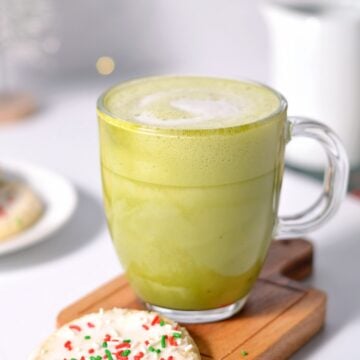
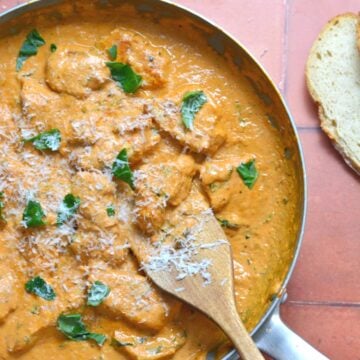
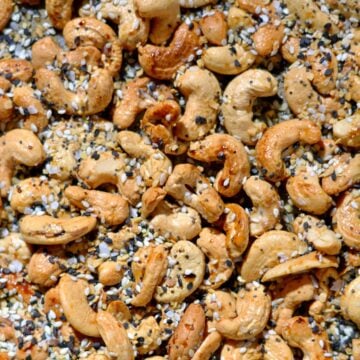
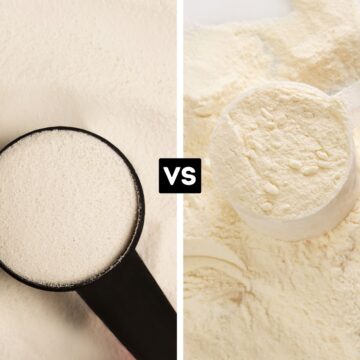
drop us a note!